Never pay for energy again
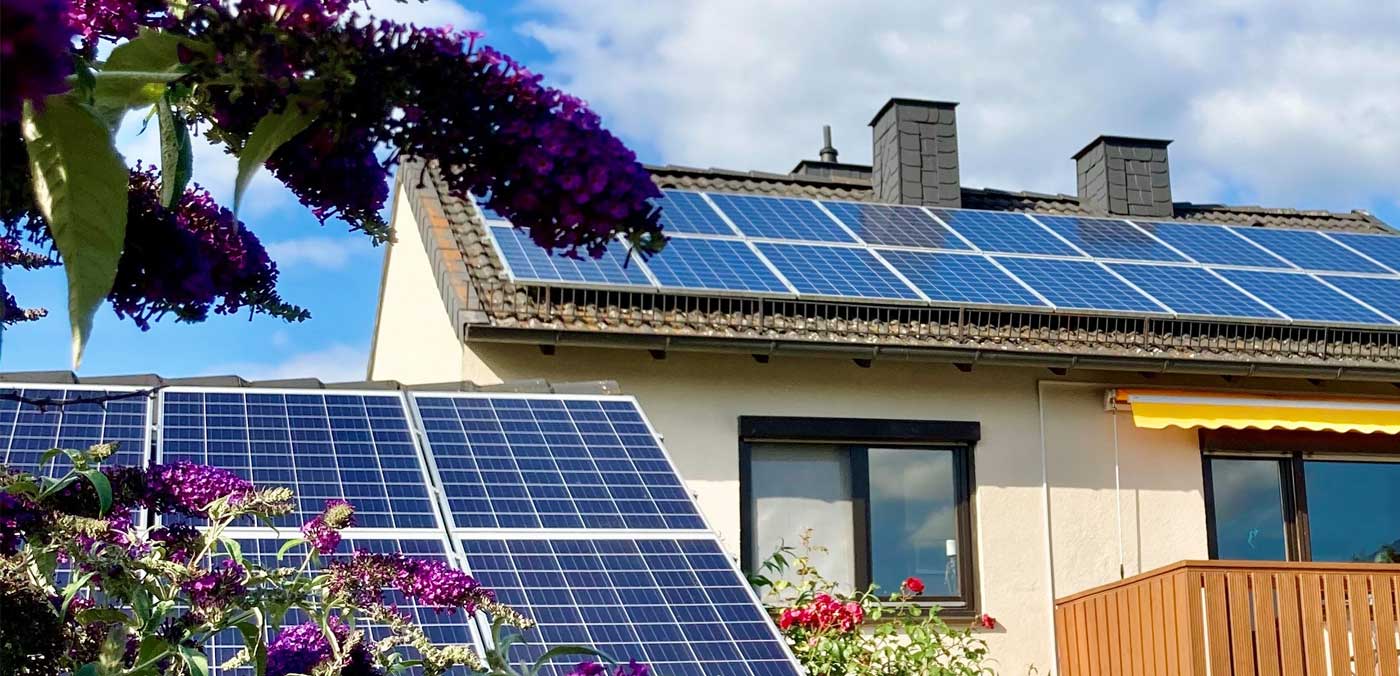
The Fischer/Ruszynski family in Kassel, Germany, generates more energy with their PV system than their household actually needs. The secret to their success: integrated energy. By undertaking their own personal energy transition, they have cut 95% of their energy costs and now consume far fewer natural resources than before. In this article, they share their checklist for people who want to follow in their footsteps.
Until a few years ago, we were no doubt like a lot of people: We had a power and gas contract with an electric utility company for our single-family home, were regular gas station customers and merrily consumed energy (red zone). That was just how we met our daily energy needs. Like a caterpillar who spends most of its life eating – only to metamorphose into a beautiful butterfly one day. We know: We love watching brightly colored visitors flit to and fro on our butterfly bush every summer.
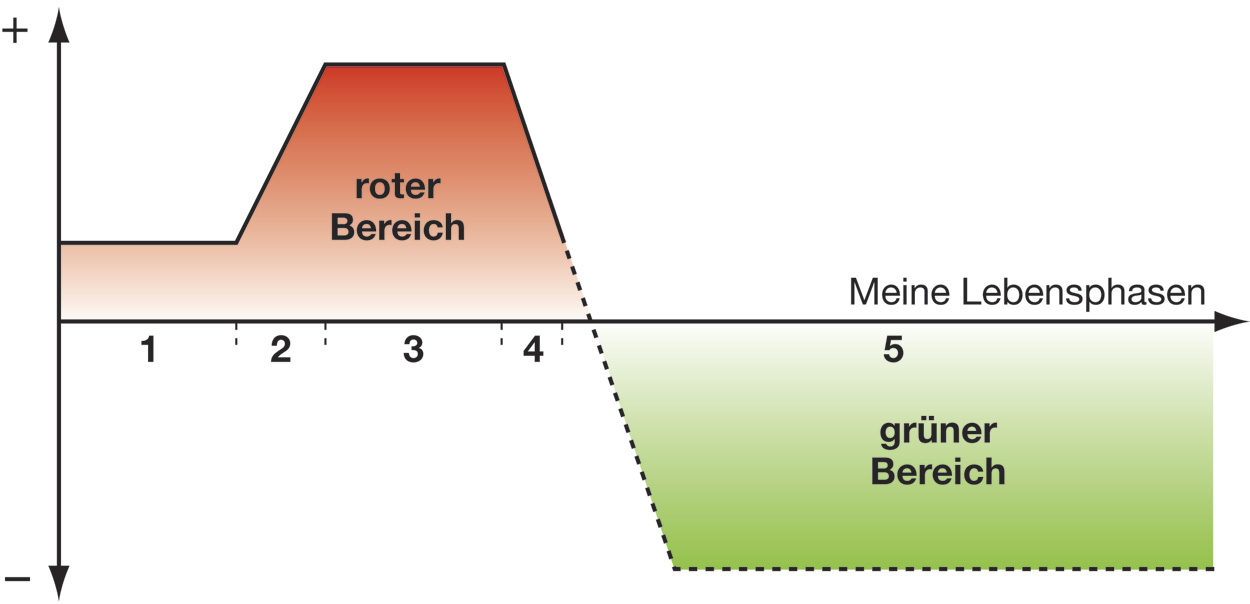
Everything in the green zone thanks to integrated energy: The Fischer/Ruszynski family combines the energy sectors of electricity, heat and mobility at home, thereby generating more energy than they themselves need in the household.
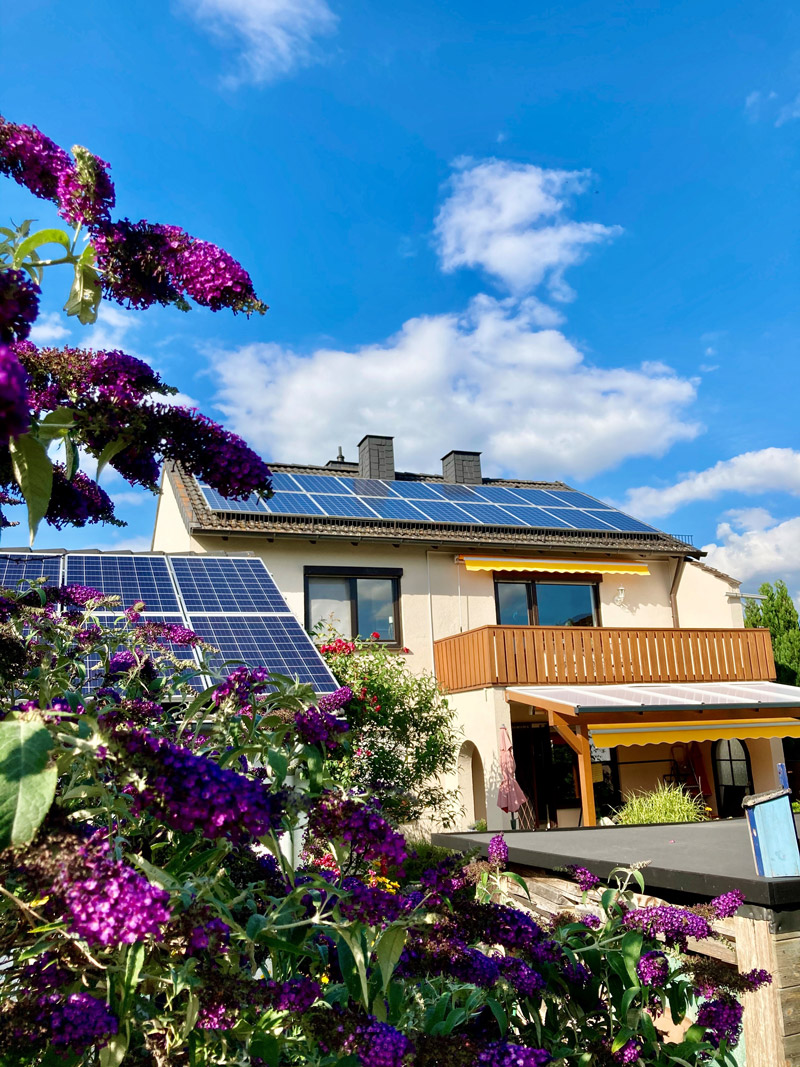
Sun on the roof: The 8.3 kWp solar system produced as much as 9,100 kilowatt hours of solar power in 2020.
However, we didn’t undergo this kind of meaningful transformation. In fact, we never got past the caterpillar stage. Human-induced climate change, environmental degradation, mass insect deaths and all the resulting horror scenarios – we were playing a part in all these all-encompassing trends. That had to change. And so we began our transformation in 2014.
Our goal: negative energy consumption. We wanted to produce more energy than we consumed so that we could make up for the environmental degradation that we had participated in. Out of the red, into the green. All with electricity from the sun. So we embarked on a journey from pure energy consumer to producer. From then on, we were committed to a vision: sun, wind and water from on-site generation instead of oil, coal and natural gas.
1. First step in a personal energy transition: Install a PV system
My partner and I live in a detached single-family home in Kassel, a city in the heart of Germany (built 1964, 30 cm vertically perforated bricks plus 10 cm insulation). The first and second floors contain 130 square meters (1,400 square feet) of heated living space. Our total annual energy consumption, comprising electricity, heating/hot water (natural gas) and gasoline, amounted to 30,000 kWh entailing costs of €3,600 a year before taxes.
We have been producing electricity with a PV system on our southern roof since 2014. We added another system in 2019 and now have a total of 8.3 KWp installed. Our Sunny Boy 4000 TL and 3600 TL inverters convert solar electricity produced by 32 Solarwatt modules (250 and 270 watts) into 8,300 kWh solar energy. In 2020, total production even rose to 9,100 kilowatt-hours.
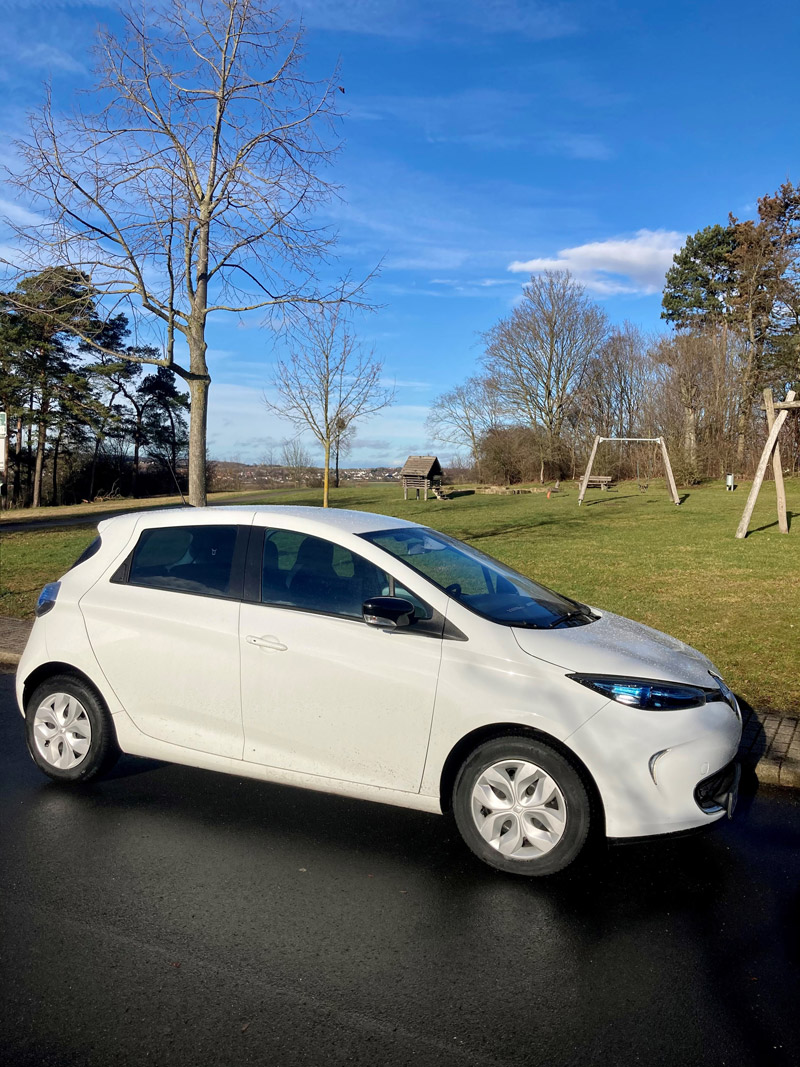
Climate-neutral on the road: The Fischer/Ruszynski family has been driving electrically since 2014 and charges the electric car with renewable energies.
2. Drive electric and “fill up” with solar power
We also switched to electric transportation once the first batch of electric vehicles came out in 2014. Our Renault ZOE can travel 100 kilometers on only 15 kWh. Since we drive about 6,000 km a year, our annual power consumption for travel is 900 kWh. That’s over 80% less energy than we consumed before our personal energy transition (2013: 5,000 kWh).
We were astounded that our battery still had more than 97% of its original capacity even after six years of use. We charge our battery at the special E-Mobil rate offered by Städtische Werke, our utility company. It costs 28.5 cents/kWh at home and on the road at SUN EV charging stations.
3. Use a heat pump for heating and hot water
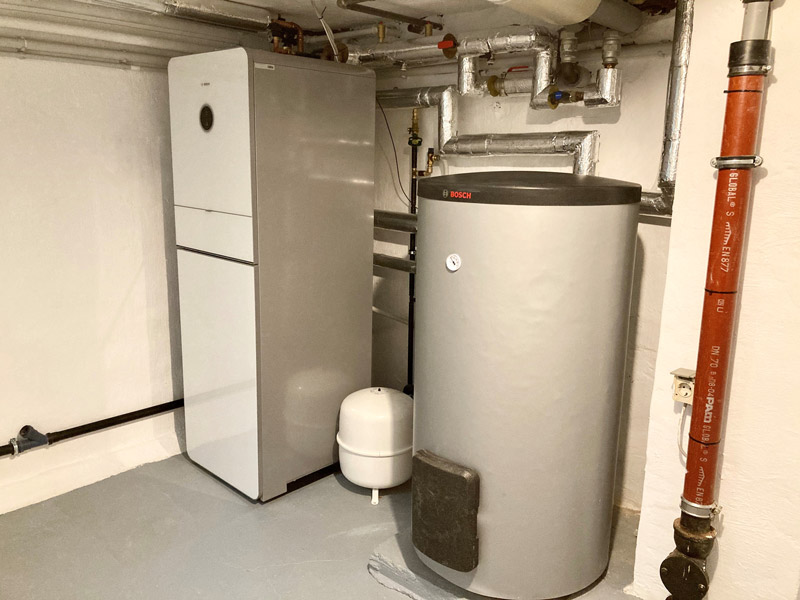
Heat from the basement: With a heat pump, the Fischer/Ruszynski family produces the energy for heating and hot water on site and lowered their final energy consumption by 85% percent.
In July 2020, we finally replaced our 19-year-old natural gas heater with a Bosch heat pump (CS7000iAW 9 IRM). In for a penny, in for a pound: At the same time, we replaced our 56-year-old steel radiators for triple-panel triple-convector wall-mounted radiators. We locked in a hefty 41% discount (35% federal clean energy grant from the Federal Office of Economics and Export Control (BAFA), 3% value-added tax reduction, 3% discount for paying within 7 days). That lowered our final energy consumption 85% from 21,000 kWh (natural gas) to approx. 3,000 kWh (electricity).
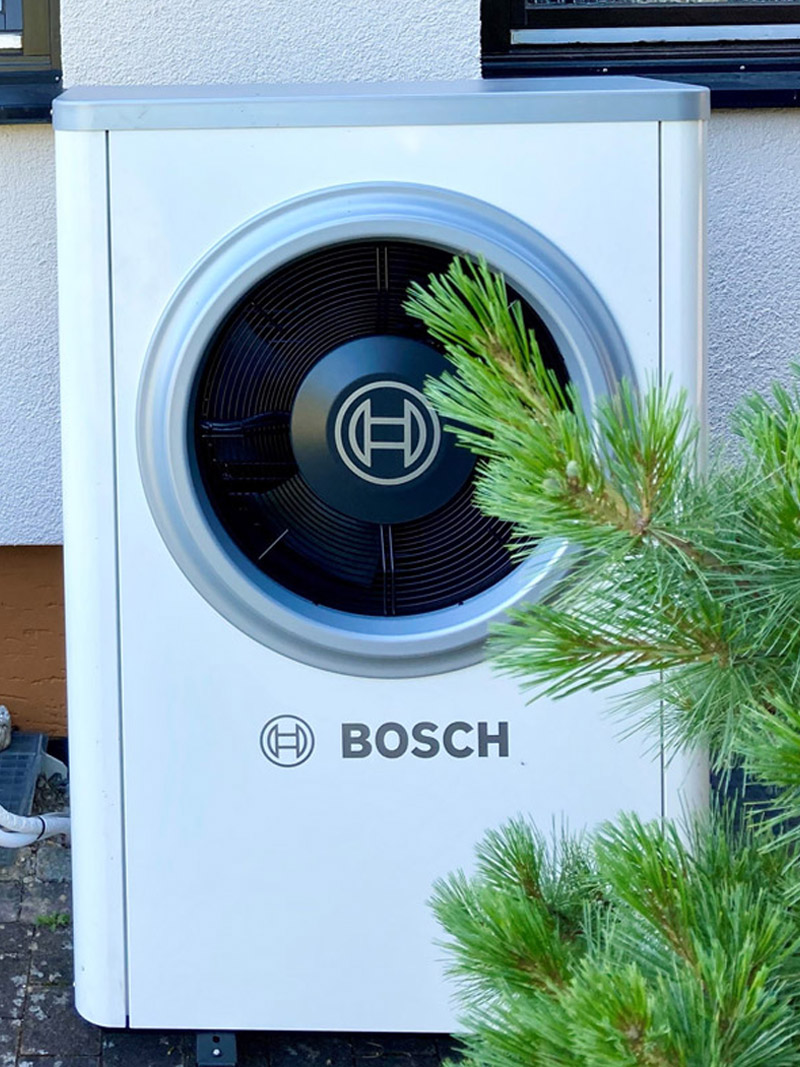
Outdoor unit of the heat pump.
While we were at it, we also hooked up our washing machine and dishwasher to the heat pump’s hot-water tank. That eliminated 90% of the energy used to wash a load of dishes or laundry. Now, all the washing machine has to do is spin the drum. It no longer has to heat up the water electrically since it has both hot and cold water connections.
To make sure we would have enough renewable electricity to power the heat pump in the winter, we also bought shares in regional wind turbines through energy cooperatives.
4. Cut energy costs 95%
By integrating our electricity, heating and transportation (integrated energy), we have managed to reduce our annual energy consumption by 90% to 3,300 kWh. Our annual energy costs have even fallen by 95%. We now pay a mere €150. That represents the difference between our yearly costs from purchasing electricity (2020: 3,300 kWh for €1,060) and the EEG feed-in tariff for exporting our excess PV power to the utility grid (2020: 7,200 kWh for €911).
In short, we have achieved our primary goal: Our net energy consumption is negative. We now export more solar power to the utility grid (7,200 kWh) than we purchase from our utility (3,300 kWh). All the energy we purchase and the solar power we export pass through a single energy meter provided by our electric utility company.
5. Switch to efficient lights and large appliances
We replaced all our light bulbs with energy-saving LEDs and even swapped out our 15-year-old refrigerator. In the summer, we often get around with e-bikes instead of our car. That’s also good for our body’s energy balance. ?
6. Tips for imitators: Investigate incentives
Our conclusion: Personal energy transitions are both technically and financially feasible. The energy cost savings almost completely paid for our PV system, electric vehicle with battery lease and heat pump with new radiators. 15 years x €3,450 = €51,750. We also benefited from incentives. It’s definitely worth looking into your incentive options before taking action.
Make sure to talk to your installer about integrated energy options in advance. Some providers are not yet able to supply fully integrated solutions. For example, we had to compromise on our heat pump and buy a brand that our provider knew well. Otherwise, we probably would have chosen another, even more efficient brand. It’s worth comparing quotes and efficiency classes. Solar professional partners can provide sound guidance and install your equipment properly.
7. Think outside the box and share what you know
We certainly plan to keep going with our energy transition. For example, we want to install another PV system on the north side. It’s not the best side of our roof. However, solar technology prices have fallen so much that it’s worth the expense to capture the diffuse sunlight on the north side as well. That’s a benefit that is widely underestimated.
We also intend to connect our 23-kWh car battery to our house through a bidirectional Wallbox. Then we wouldn’t need to purchase power from the local utility company from March to October. Our energy costs would then be negative, just like our net energy consumption. In fact, our energy transition could start making us money. That would be some sweet nectar for the butterfly to sip.
All in all, we are thrilled with how our energy transition has turned out for more than just financial reasons. We’re proud to be doing our part to put energy generation on a sustainable footing. Green isn’t just a beautiful color; it’s also a great feeling. Imitators are welcome to join us anytime. ?
How about you? What are your experiences? We’d love to hear about them in the comments.

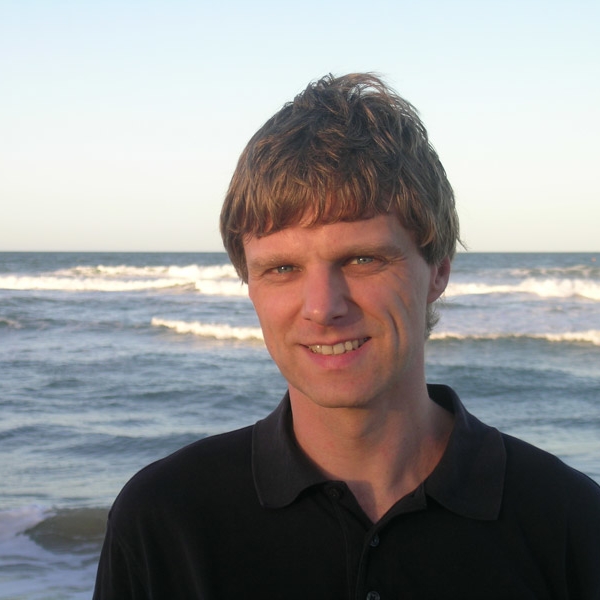
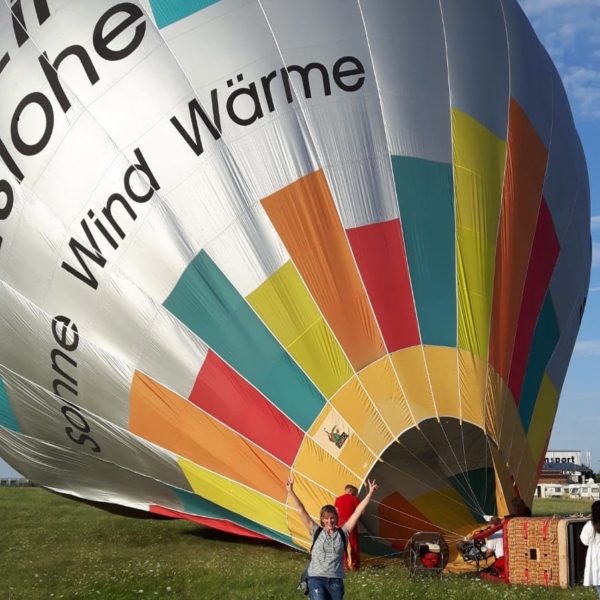
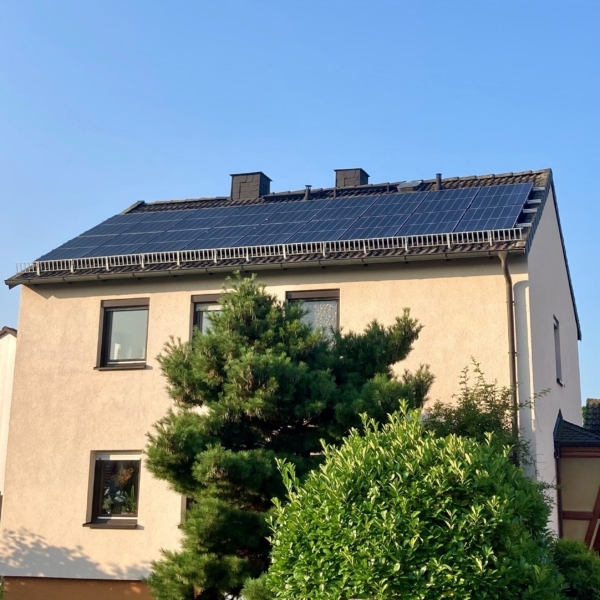
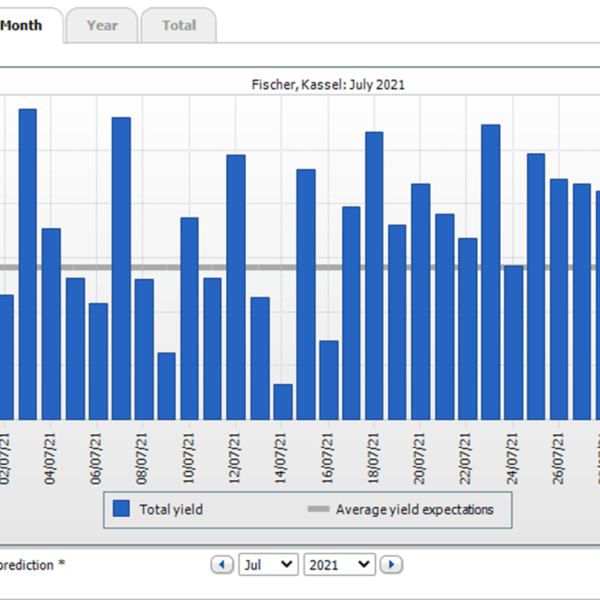
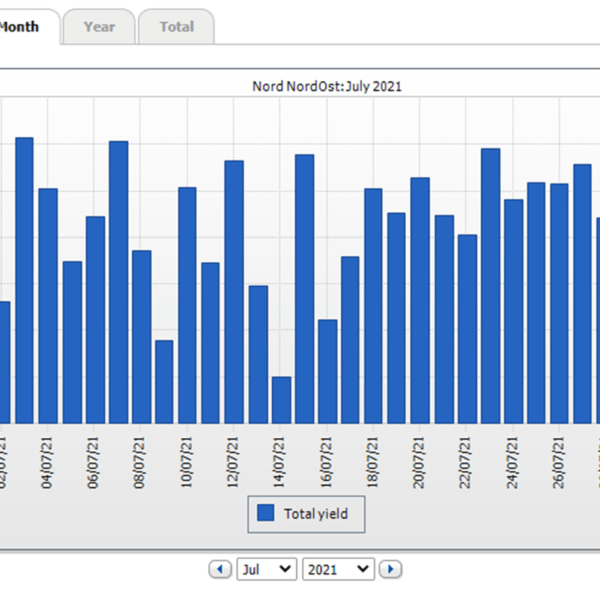
Feel free to contribute!